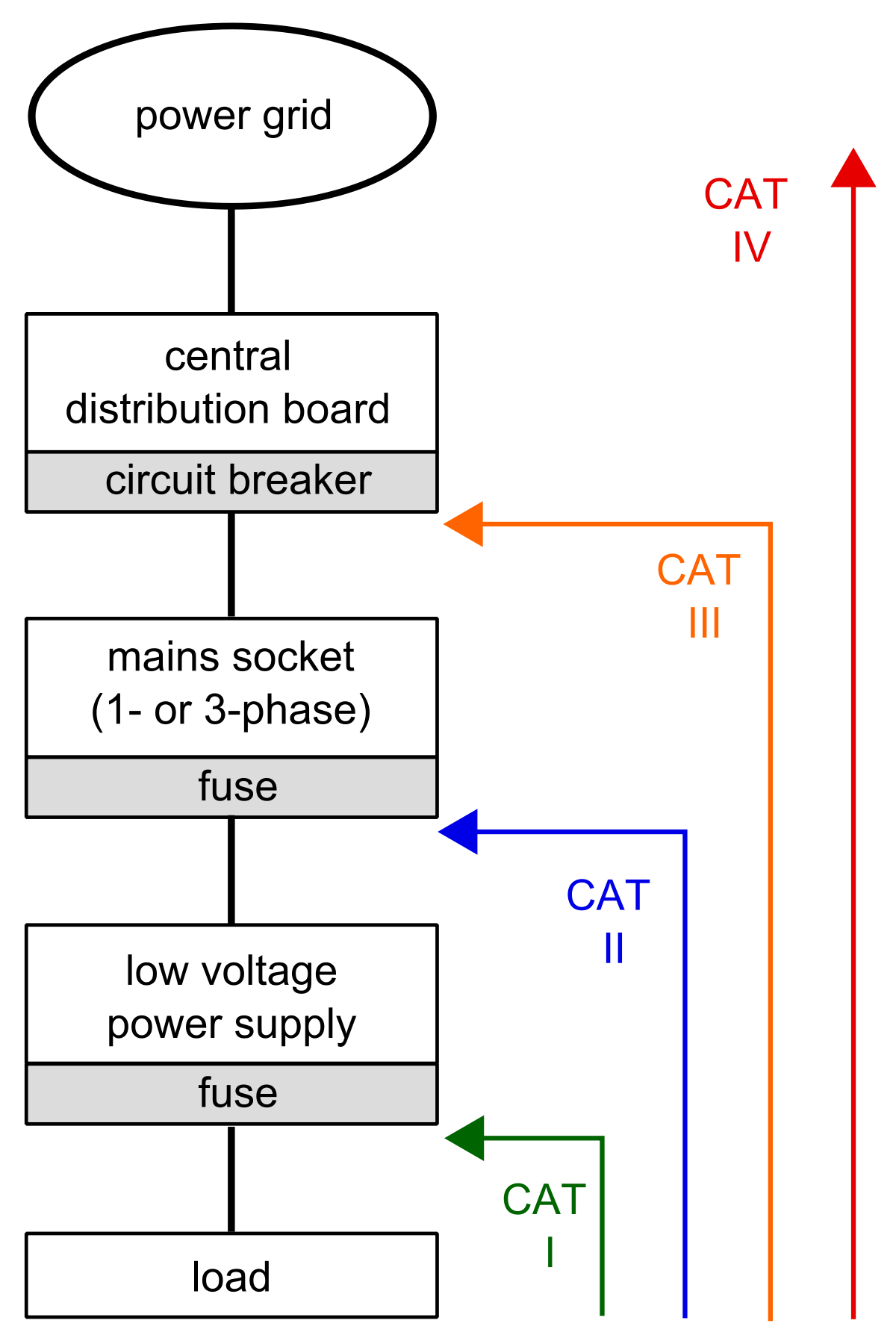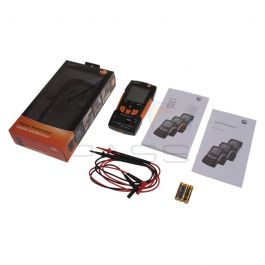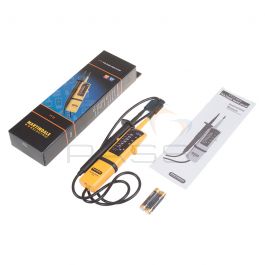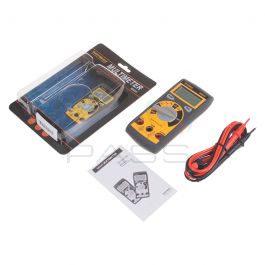DanMulhare
DIY
- Reaction score
- 0
I’ve a new self build house that I’ve moved into prior to the lockdown in the UK.
100amp supply from Scottish power.
Within my Consumer Unit I’ve an 80A RCD which is serving the following:
B40 MCB (garage, not connected)
B40 MCB (oven)
B32 MCB (upstairs ring sockets)
B32 MCB (outdoor and attic sockets, both separate radials)
B20 MCB (living room radial sockets)
B6 MCB (outdoor lights)
B6 MCB (kitchen and living room lights)
B6 MCB (rest of upstairs lights)
And I’ve a 63A RCD serving the other half of the CU:
B32 MCB (Dn Stairs ring socket 1)
B32 MCB (Dn Stairs ring socket 2)
B20 MCB (kitchen radial sockets)
B16 MCB (Central heating, boiler and UFH)
B6 MCB (Dn stairs lights)
B6 MCB (smoke alarms)
Just before the lockdown my mate who’s a qualified electrician fitted a new range master oven with 6mm 3 core and that’s the only addition to the house in months now. The oven has two separate ovens and a grill. The second oven is now not working but this happened a few days ago and if just came back on.
I’ve unwired the oven from the CU and when I tried using a chop
Saw on the upstairs ring socket it tripped the 80A RCD again.
The Issue I’m having is the 80A RCD keep tripping and it does so even if I use something on the other side of the CU, ive used an angle grinder on the down stairs ring and it works fine but It trips the 80A RCD which should be independent.
I’ve done a continuity test on all rings and everything is Ok.
The RCD is periodically tripping now with nothing plugged in.
This started three days ago and when I couldnt Get it to work I left it along and it worked fine again for 24 hrs and now faults again.
On occasion when I turn off the mcb’s, the rcd won’t reset.
Ive also traced all cables the lives and neutrals are all going to the correct RCD.
Any help would be appreciated. I’ve asked a few mates who are sparks but my mate who’s done all the wiring is self isolating with his mother who’s not well so I don’t want to bother him.
100amp supply from Scottish power.
Within my Consumer Unit I’ve an 80A RCD which is serving the following:
B40 MCB (garage, not connected)
B40 MCB (oven)
B32 MCB (upstairs ring sockets)
B32 MCB (outdoor and attic sockets, both separate radials)
B20 MCB (living room radial sockets)
B6 MCB (outdoor lights)
B6 MCB (kitchen and living room lights)
B6 MCB (rest of upstairs lights)
And I’ve a 63A RCD serving the other half of the CU:
B32 MCB (Dn Stairs ring socket 1)
B32 MCB (Dn Stairs ring socket 2)
B20 MCB (kitchen radial sockets)
B16 MCB (Central heating, boiler and UFH)
B6 MCB (Dn stairs lights)
B6 MCB (smoke alarms)
Just before the lockdown my mate who’s a qualified electrician fitted a new range master oven with 6mm 3 core and that’s the only addition to the house in months now. The oven has two separate ovens and a grill. The second oven is now not working but this happened a few days ago and if just came back on.
I’ve unwired the oven from the CU and when I tried using a chop
Saw on the upstairs ring socket it tripped the 80A RCD again.
The Issue I’m having is the 80A RCD keep tripping and it does so even if I use something on the other side of the CU, ive used an angle grinder on the down stairs ring and it works fine but It trips the 80A RCD which should be independent.
I’ve done a continuity test on all rings and everything is Ok.
The RCD is periodically tripping now with nothing plugged in.
This started three days ago and when I couldnt Get it to work I left it along and it worked fine again for 24 hrs and now faults again.
On occasion when I turn off the mcb’s, the rcd won’t reset.
Ive also traced all cables the lives and neutrals are all going to the correct RCD.
Any help would be appreciated. I’ve asked a few mates who are sparks but my mate who’s done all the wiring is self isolating with his mother who’s not well so I don’t want to bother him.















